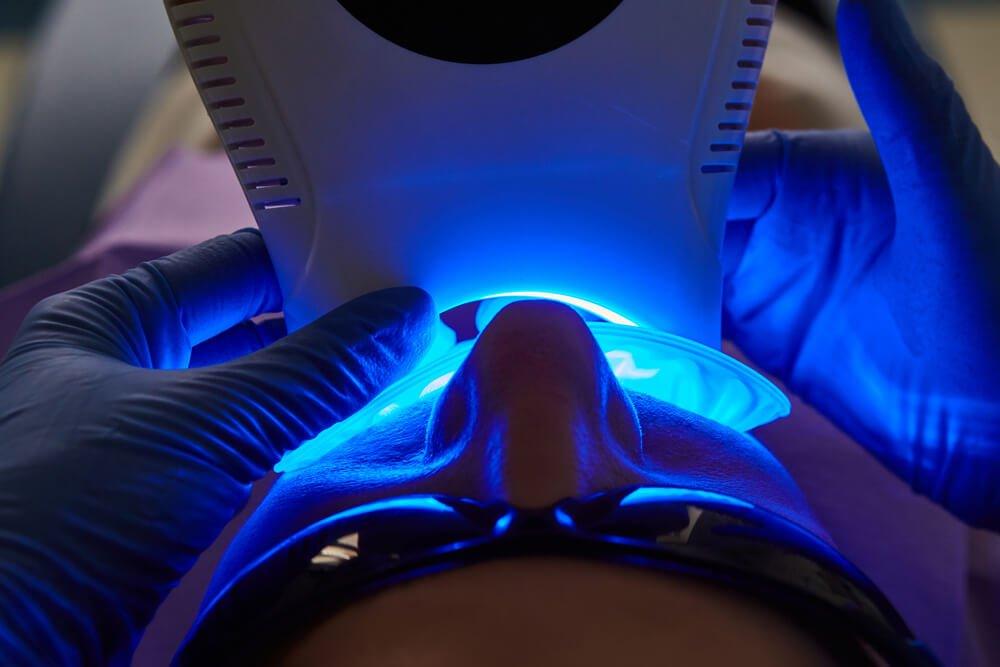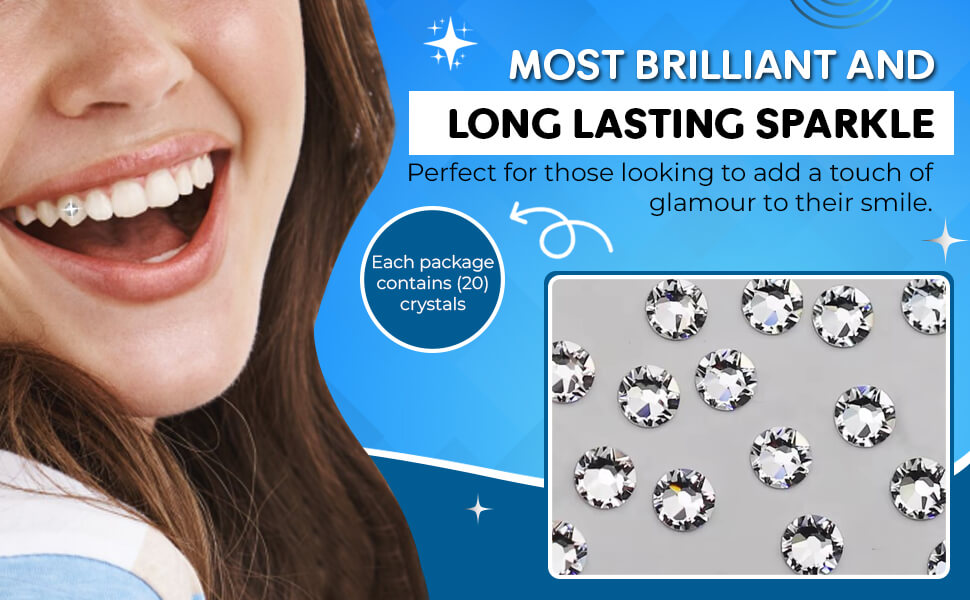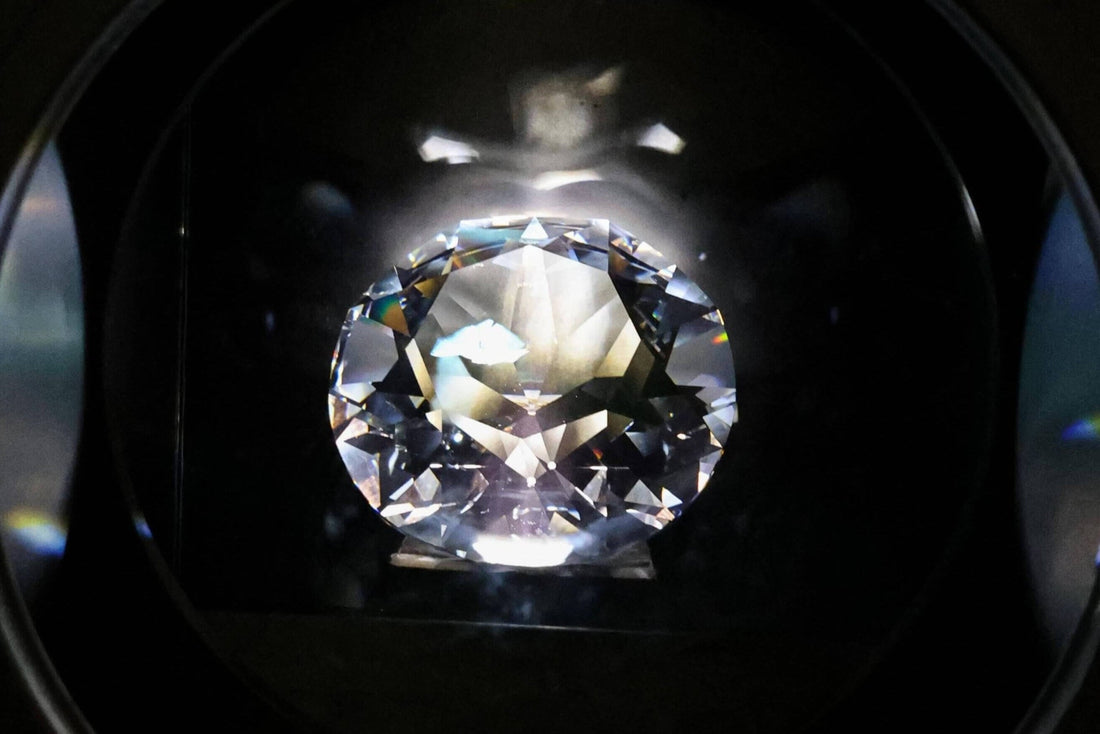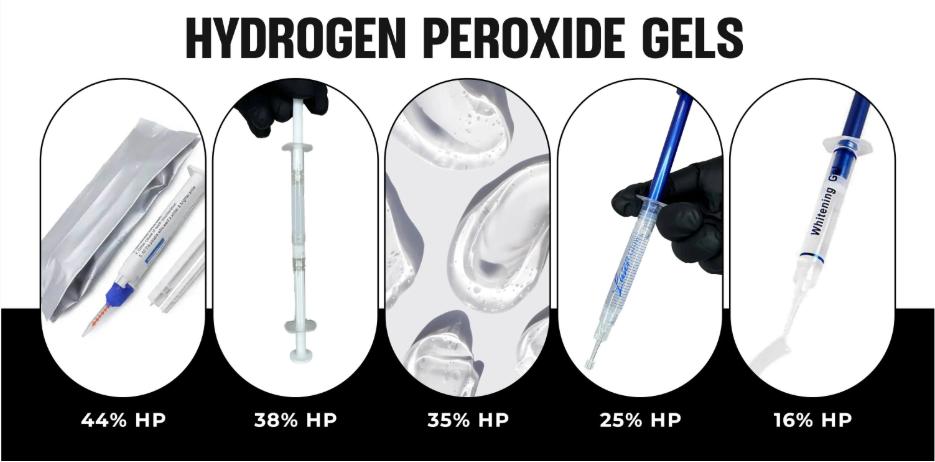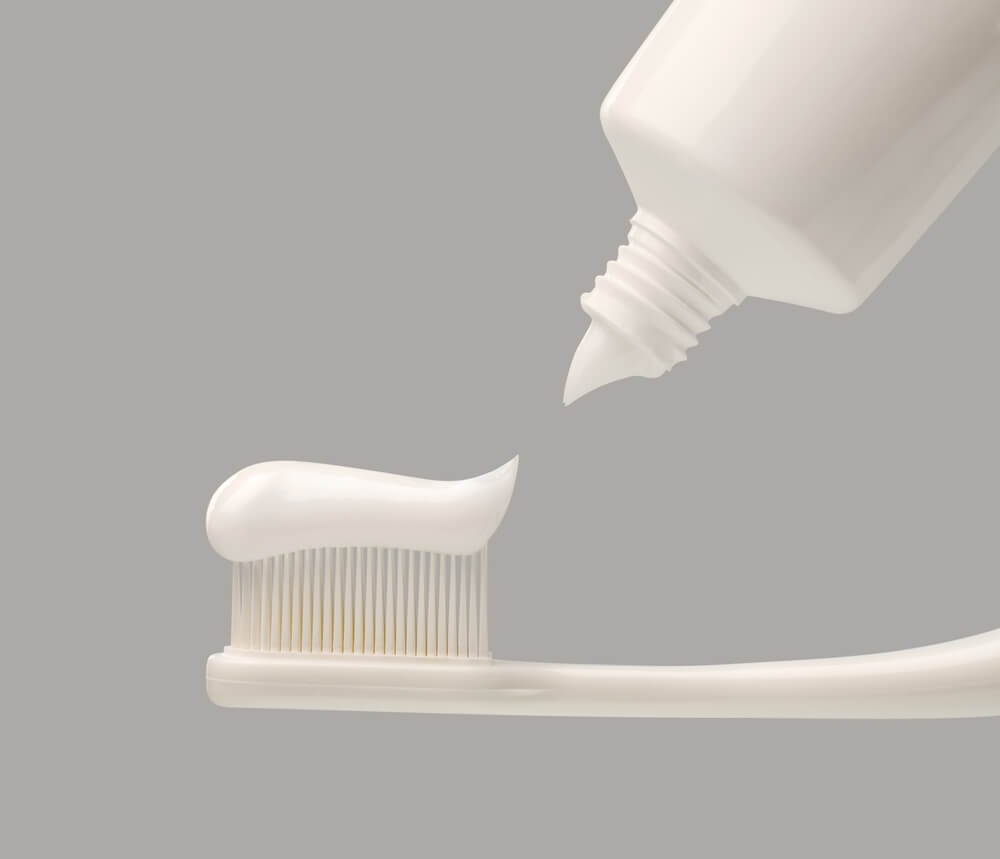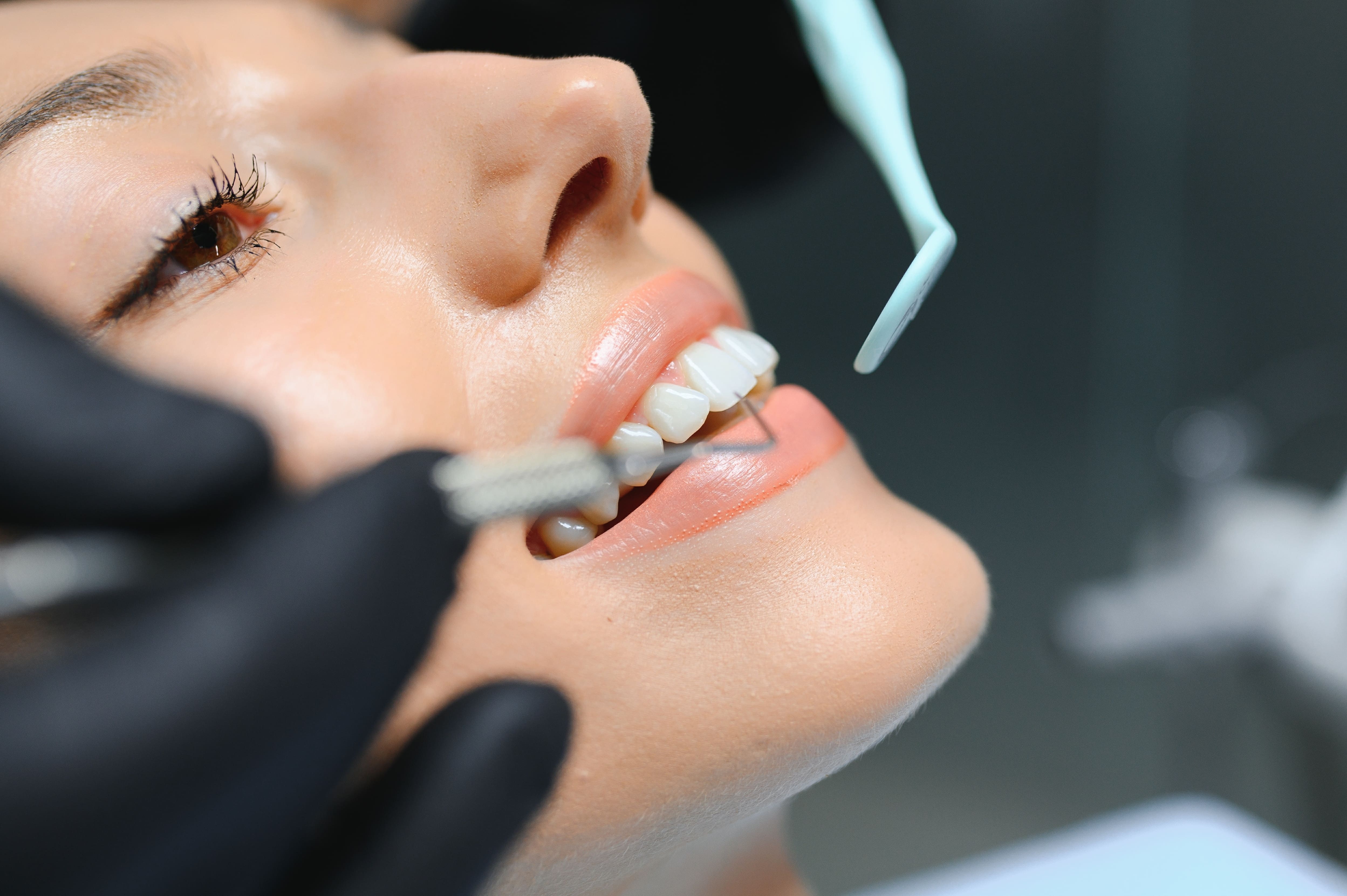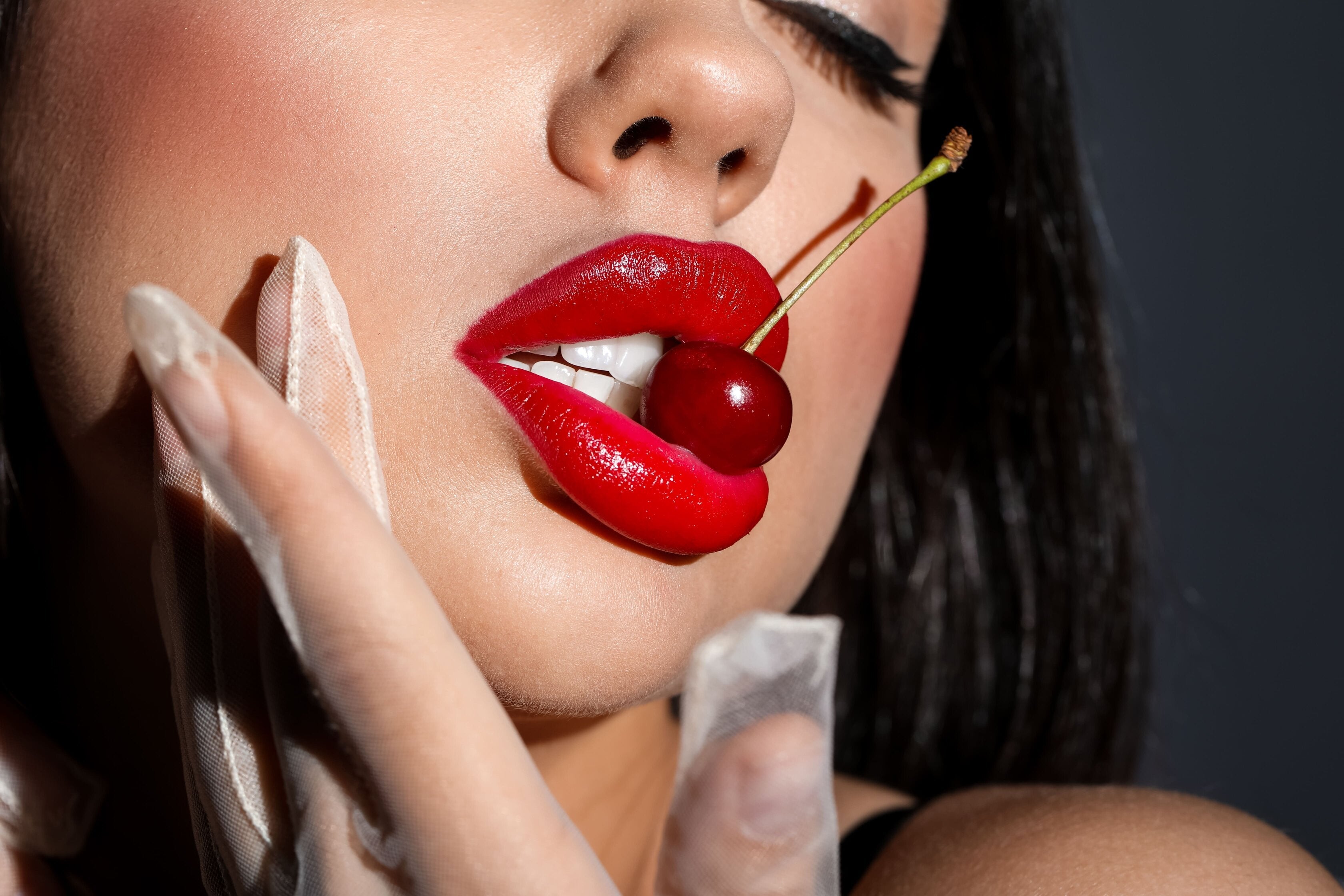Blue LED Light Teeth Whitening: A Modern Approach to a Brighter Smile
Blue LED light teeth whitening combines cool light technology with whitening gel to lift stains faster than toothpaste alone. Below, we break down how it works, who it’s best for, and what to expect from in-office vs. at-home treatments.
- Blue LED whitening boosts the activity of peroxide-based gels for faster, visible results.
- Generally safer than older UV or halogen systems because it does not rely on high heat or UV radiation.
- Best for external stains from food, drinks, and smoking; less effective on deep internal discoloration.
- Temporary sensitivity is the most common side effect and typically resolves within a few days.
- Available as both professional in-office protocols and lower-strength at-home kits.
Blue LED light teeth whitening is a modern way to brighten your smile without the harsh heat associated with some older whitening lamps. The system pairs a cool blue LED light with a whitening gel to help break down stain molecules on the tooth surface more efficiently.
You’ll see this technology in professional whitening studios and dental practices, as well as in newer at-home devices. Understanding how it works, its advantages, and its limitations can help you decide whether blue LED whitening fits your goals.
What is blue LED light teeth whitening?
Blue LED light teeth whitening uses a specific wavelength of visible light to support the action of a whitening gel (typically hydrogen peroxide or carbamide peroxide). The light does not bleach teeth by itself; instead, it helps the gel work more efficiently on stain molecules.
In a professional setting, your gums are protected, whitening gel is applied in a controlled layer, and the LED lamp is positioned in front of your teeth. At home, a LED mouthpiece or tray system is paired with a gentler gel for incremental brightening and maintenance.
How does blue LED whitening work?
The whitening gel penetrates the enamel and breaks apart chromogens – colored molecules that make teeth look yellow or dark. Blue LED light supplies energy that helps this chemical reaction proceed more quickly, so you may see better results in less time compared with gel alone.
Typical in-office sequence
- Preparation: Teeth are polished and dried; gums and soft tissues are isolated.
- Gel application: A professional-strength peroxide gel is applied to the visible tooth surfaces.
- LED activation: The blue LED lamp is turned on for a timed cycle to activate the gel.
- Rinse & repeat: Gel is removed and may be reapplied in multiple short cycles, depending on sensitivity and target shade.
Pros and cons of blue LED light teeth whitening
Blue LED systems are popular because they’re fast and easy to integrate into a busy schedule. That said, they aren’t a perfect solution for every type of staining.
Advantages
- Faster results than whitening toothpaste or strips alone.
- Effective on everyday external stains from coffee, tea, wine, and smoking.
- Cool LED light avoids the heat output of some legacy UV/halogen lamps.
- Clear treatment windows with defined start and end times.
- Choice between supervised in-office sessions and at-home maintenance kits.
Limitations
- May not fully correct internal stains from trauma, fluorosis, or certain medications.
- Existing crowns, veneers, and fillings will not change color.
- Some patients experience short-term sensitivity or gum irritation.
- Results require maintenance if you regularly consume staining food or drinks.
Is LED teeth whitening safe?
When used according to instructions and under professional guidance, blue LED whitening is generally considered safe. Unlike UV-based systems, LED units do not emit ultraviolet radiation, and they operate at much cooler temperatures.
Common side effects
- Short-term tooth sensitivity, especially to cold or sweet foods.
- Mild gum irritation if gel contacts the soft tissues.
- Transient “zing” sensations during or shortly after treatment.
If you already struggle with sensitivity, recession, or enamel wear, speak with your dentist or a LaserGlow whitening office before treatment so they can tailor the protocol and product strength.
In-office vs. at-home blue LED whitening
Both formats use the same core technology, but they differ in gel strength, supervision, and time to result.
In-office blue LED whitening
- Uses higher-concentration gels under professional supervision.
- Gums and soft tissues are carefully protected.
- Best when you want a significant shade change in one or two visits.
At-home blue LED kits
- Use lower-concentration gels designed for repeated applications.
- Ideal for gradual brightening and post-treatment maintenance.
- Allow you to whiten on your own schedule with clear instructions.
For a personalized plan, combine a professional in-office jumpstart with an at-home LED kit for maintenance. You can explore protocols and product options through the LaserGlow Professional Teeth Whitening Resource Center.
Who is – and isn’t – a good candidate?
Most healthy adults with external staining are candidates for LED whitening, but there are situations where your dentist may recommend waiting or choosing a different approach.
Use caution or delay if you:
- Are under 16 years old.
- Are pregnant or breastfeeding.
- Have untreated cavities, gum disease, or active infections.
- Have significant sensitivity or exposed roots.
- Rely on multiple visible crowns or veneers in your smile zone.
How long do results last and how do I maintain them?
With good habits, results from blue LED whitening can last several months to a couple of years. However, dark beverages, tobacco, and poor home care can shorten that window.
Simple aftercare checklist
- Avoid heavy staining food and drinks for 24–48 hours after treatment.
- Use a soft toothbrush and a gentle, whitening-friendly toothpaste.
- Rinse with water after coffee, tea, soda, and red wine when possible.
- Limit smoking or vaping if you want lasting brightness.
- Schedule periodic touch-up sessions or at-home LED cycles as advised.


